Alcatel’s been trying to find their space in the crowded Android smartphone world. They have had a number of pretty good offerings, not least the Flash and Flash Plus. Now, Alcatel Singapore brings the Flash 2 here, and I’ve just got one to review here. This is a very respectable mid-tier Android smartphone that won’t break the bank.
In a nutshell, the Alcatel Flash 2 is a dual-SIM LTE Android smartphone with a 5-inch 720p display, 13 MP rear camera with dual-tone flash, and priced under S$200. This phone puts an emphasis on photography, sporting a rear camera with phase detection auto-focus, and even includes a LED flash with the front camera so you can shoot selfies in the dark.
Green is the new brand colour of the Alcatel Flash 2. The box is decked out in a bright cheery white and green design. There’s also a green ring around the rear camera, which I’ll mention again later, that apparently serves no purpose other than being green.
Despite the Alcatel Flash 2 not being a premium-priced smartphone, I’m quite pleasantly pleased with the quality of its packaging. The box is hard and sturdy, reminding me of how the OnePlus One was boxed.
Another surprise was with what’s included in the box. You’d expect the usual charger and USB cable. Earphones, nowadays, aren’t so universally included, so to find them in the box is a bonus. The Alcatel Flash 2, however, also includes a screen protector and a flip cover. These are two of the most frequently sought accessories by users after they lay hands on a new smartphone, so it’s really nice to see that Alcatel includes them in the box.
I’m also quite pleased that the Alcatel Flash 2 features a smaller 5-inch display. It’s good that manufacturers know that not everyone wants their smartphones to get larger with every iteration. To this end, the Alcatel Flash 2, which measures 145.8 x 70.4 x 8.99 mm, fits very comfortably in my hands. In fact, it also feels really good in my hands. The build feels solid, and there’s enough heft (143 g) to lend a premium feel to it. The chrome trimmings look good, even though they’re actually plastic. There’s also the illusion that the front glass curves to the side, because of how the chrome trimmings wrap around on the side, adding a bit of elegance and sophistication to the design.
The front face of the Flash 2 is covered by Asahi Dragontrail Glass, another kind of toughened glass like the more familiar Corning Gorilla brand. The usual Android capacitive buttons are at the bottom. You’ll see the green brand colour here, on the home button. The Back and Recent Apps are backlit, which are automatically turned on when needed.
The 5-inch display is an IPS LCD with 1280×720 resolution. The resolution alone clearly puts the Alcatel Flash 2 below the top-tier smartphone category. The 294 ppi pixel density is quite respectable. You can make out the front-facing camera at the top, on the right, while the front LED flash is on the left.
At the bottom, you can see a microphone hole on the left, followed by the micro-USB port. There’s a small recessed lip under the port to enable removal of the back cover.
All the hardware buttons are on the right side of the device. It looks a little busy with one extra button more than you’d expect. That’s because the Flash 2 has a dedicated camera button on top of the usual power button and volume rocker. The buttons are nicely contoured and decked out in the same chrome trim.
The left side of the phone is featureless, except of that same chrome trim that runs down the both sides.
At the top, you’ll find another microphone hole, and the 3.5 mm audio jack.
On the back, you’ll find the main 13 MP rear camera, with 24mm f/2.0 lens and phase detection auto-focus. The dual-tone LED flash is below it. Speaker holes are at the bottom of the phone. The aforementioned green coloured ring around the camera serves no functional purpose, except perhaps to identify this smartphone as the Alcatel Flash 2.
The back cover has an interesting, though I can’t say unique anymore, sandpaper-like finish similar to that of the OnePlus One. The friction can perhaps prevent the device from slipping off your hands too easily.
Under the hood, the Flash 2 is powered by a 64-bit octa-core MediaTek MTK6753 processor clocked at 1.3 GHz. There’s 2 GB of RAM, and 16 GB of internal flash storage, expandable up to 128 GB via microSD slot.
The Flash 2 has dual-SIM slots, both LTE capable. The smartphone supports LTE Cat 4 150/50 Mbps, with LTE bands 1, 3, 7 and 40. There’s also support for GSM 850, 900, 1800, and 1900 MHz, as well as UMTS (3G) 850, 900 and 2100 MHz. In short, the Flash 2 supports every 2G, 3G and 4G frequency used in Singapore at the moment. (There’s the new upcoming use of LTE band 8, for LTE-CA, which may not be relevant for this smartphone.)
Other wireless communications include Wi-Fi 802.11 b/g/n and Bluetooth 4.0. There’s no 802.11ac and 5 GHz band support though. There’s GPS, with A-GPS, but no NFC.
The 3,000 mAh battery is not removable. I haven’t had the chance to run proper battery drain tests, but in casual testing now the Flash 2 seems to not consume battery too quickly.
The Flash 2 runs almost stock Android 5.1 Lollipop. This is great for people not fond of manufacturer customisations and preloaded bloatware. Alcatel delivers are relatively pure Android experience in the Flash 2. It’s relative, of course, and one exception I immediately noticed was the inclusion of the zApp app, which is described to “zearch the world of apps”. What’s wrong with using the Google Play store?
The mostly stock Android experience will appeal to some users, while others may perhaps find the phone a little dull out-of-the-box. The good thing, however, is that the Flash 2 is fast, snappy, and overall a joy to use. Alcatel has added smart gestures so that you can write patterns (mainly alphabets) on the screen when the Flash 2 is asleep, and have it wake up directly into the associated app or action. This, of course, requires that you have no screen lock setup, which in my opinion is not good security practice.
Although the Flash 2 seems to be made for photography, considering a number of camera related feature highlights, image quality from both the front and rear cameras is just average. The phase detection auto-focus works well, and object-tracking feature is useful.
I tested the Flash 2 with a few benchmark programs. On the popular Quadrant benchmark, the Flash 2 scores 17,826, just a little short of the Nexus 5X’s 19,772. Here are some other scores for comparison of where the Flash 2 stands with other smartphones I happen to have handy.
| Alcatel Flash 2 | Nexus 5X | OnePlus One | |
|---|---|---|---|
| Quadrant | 17,826 | 19,772 | 13,757 |
| AnTuTu | 36,986 | 55,668 | 56,385 |
(Yes, interesting how the OnePlus One appears to outperform the Nexus 5X in the AnTuTu benchmark.)
I mentioned the flip-cover earlier. It’s quite nice, despite being faux leather with fake stitching. I particularly like that the cover attaches directly to the back of the phone, and replaces the original back cover of the phone, thus minimising the added thickness when the flip-cover is used.
It’s a pity though, that the Flash 2 doesn’t make any special use of the flip-cover or the window on it. For example, flipping open the cover doesn’t wake up the device.
The Alcatel Flash 2 retails for S$199, and is available from Lazada.
Conclusion
The Alcatel Flash 2 is a really affordable mid-tier Android smartphone with good build quality and capable hardware.
Pros:
- Good build quality
- Comfortable to use
- Dual-SIM, both with LTE
- Included flip-cover is good
- Relative stock Android experience, fast and snappy
Cons:
- Lack Wi-Fi 802.11ac and 5 GHz band support
- Camera quality isn’t great
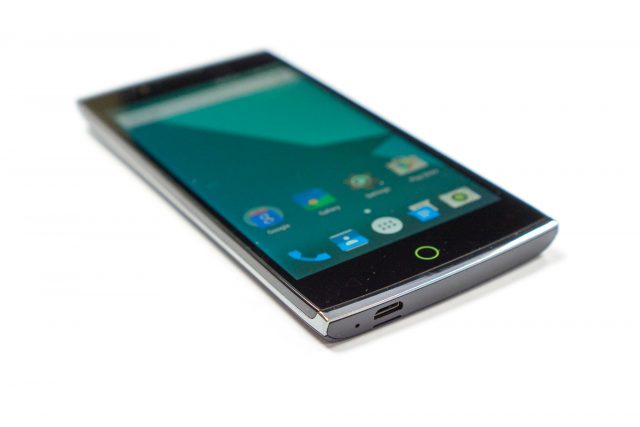
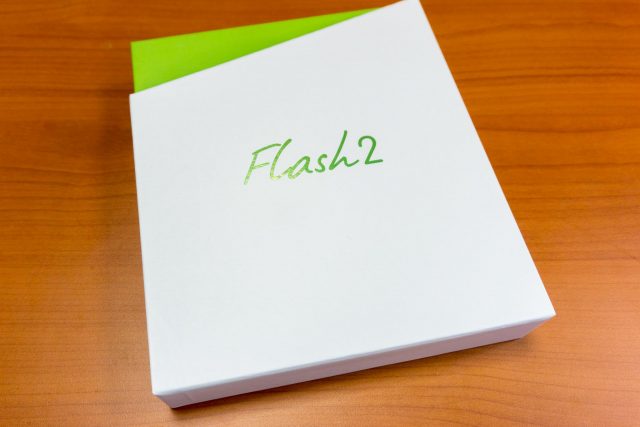
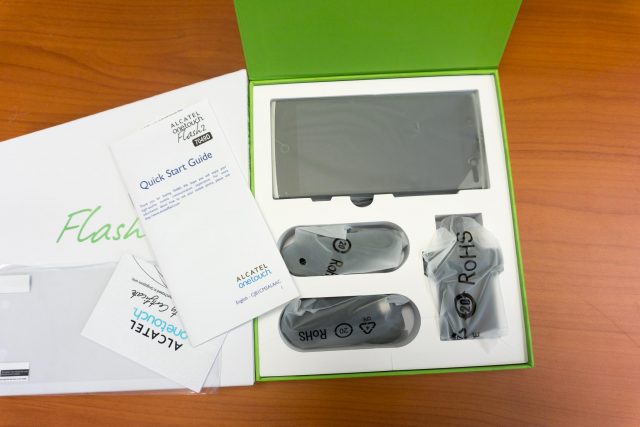
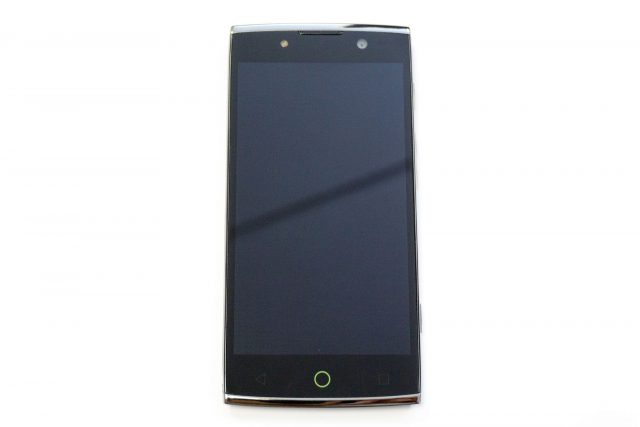
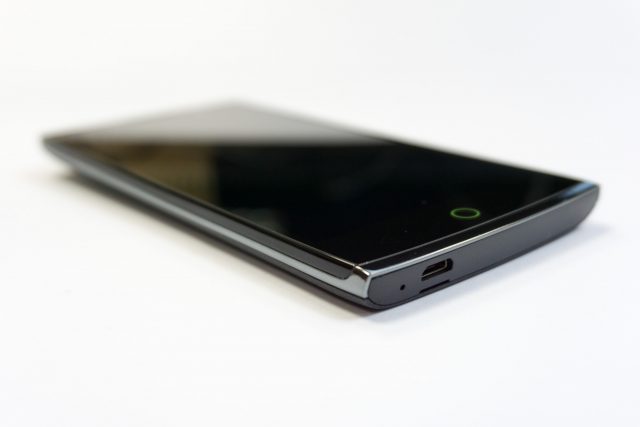
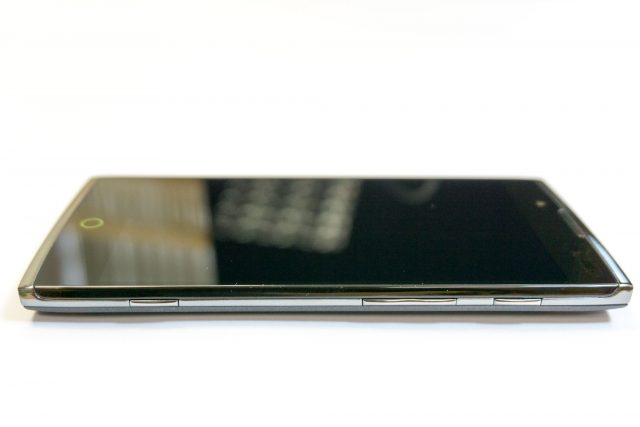
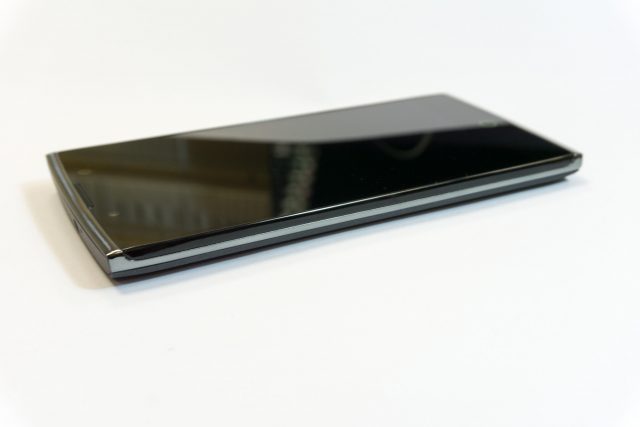
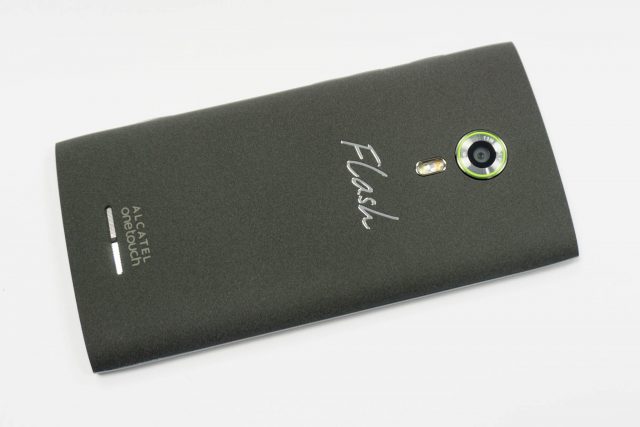
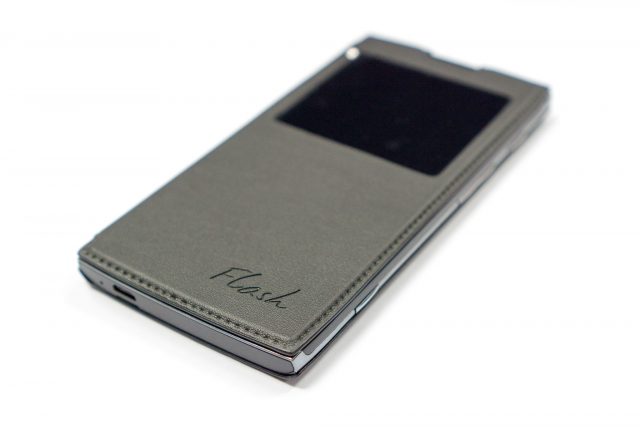
View Comment Policy